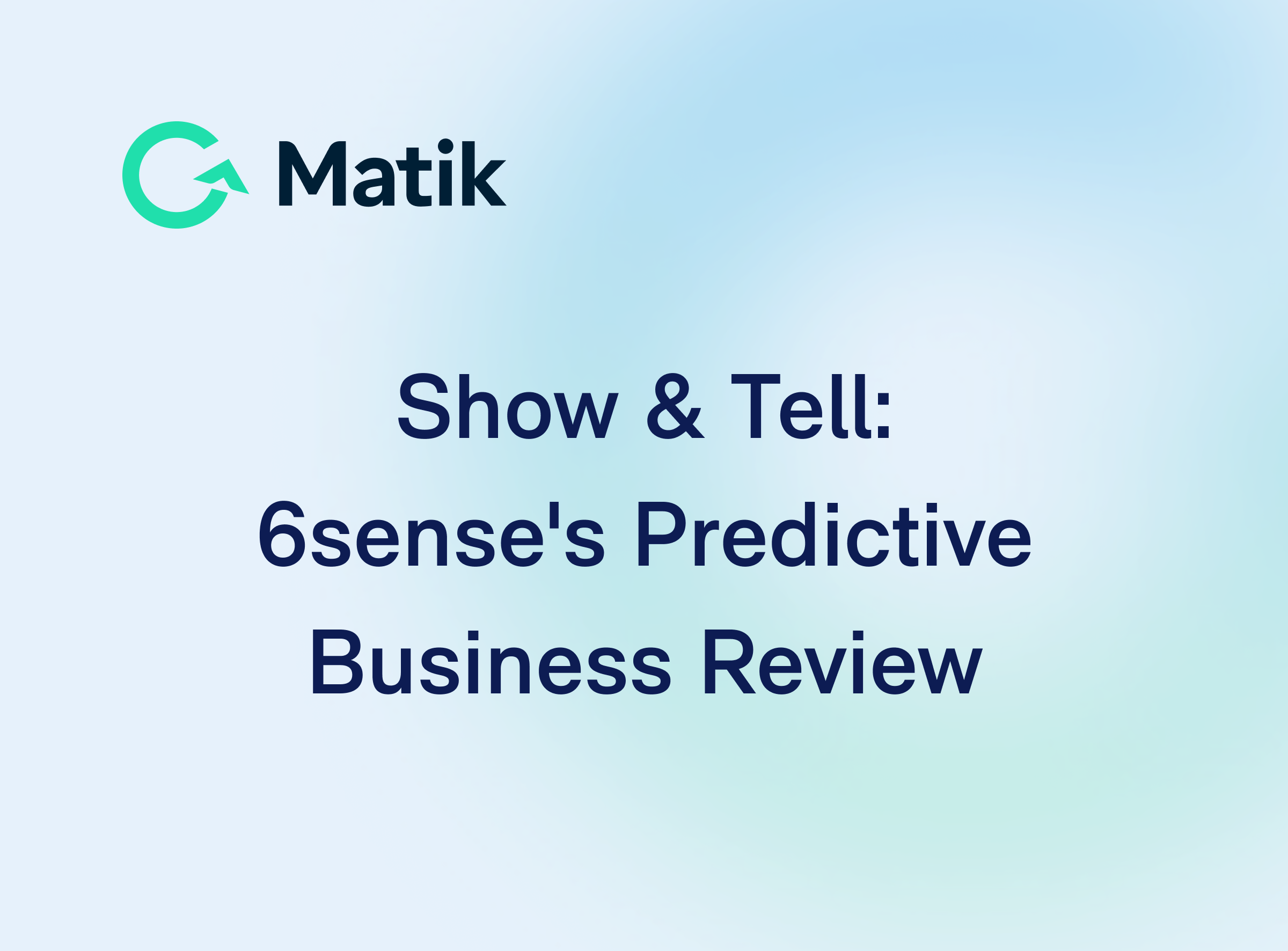Join Our Newsletter
This is a guest blog written by Karl Salomon, Enterprise Customer Success Manager at Asana.
It’s been two and a half years since I published my Business Review DOs and DON'Ts blog, and a lot has changed in the business world. For perspective, when the article was published on November 9, 2020, the world was knee-deep in the Covid-19 pandemic; Pfizer announced that their vaccine tests were showing 90% effectiveness, and companies were just starting to think about remote work after Covid-19. It’s now May 2023, the climax of the pandemic is behind us, and most companies have clear stances and processes regarding remote work.
Since that last article, I’ve switched companies, logged a gazillion dancing steps, and delivered dozens more business reviews. Here are the dos and don’ts that have helped me take my business reviews to the next level.
Business Review Dos
1. Start with the punchline
Business reviews tell stories, and many great jokes are stories. The comic provides some context, preps the audience, and then hits them with a punchline that brings it all together and leaves the audience laughing until they’re gasping for air. Unfortunately, the boardroom (or Zoom meeting room) doesn’t work that way. Folks are often not silently waiting for you to tell the story and deliver the punchline. Often, folks interject; they’re bored with the story, confused by details, or worse, leave the meeting early.
To avoid these potential pitfalls, tell them the takeaway/highlight right upfront, and THEN follow up with supporting details. I’ve done this by having a slide titled “takeaways” or “what’s working & where we can improve” near the start of my presentations. BOOM! There’s the punchline, just six minutes into the meeting. Now, my main points will be heard by everyone, even the executive who double booked and has to leave 14 minutes into the meeting.
Harvard professor Frances Frei does a great job in this TED Talk explaining the power of this approach.
2. Have a standard data set to guide your research
An excellent business review tells a compelling story supported by qualitative AND quantitative data. As a CSM, sometimes you’re unsure about the story you want to tell. You may have a champion who loves your product, but you don’t talk to many other users. Or, you know at a high level that the account is getting value from your product, but you don’t have any champions to validate that assumption. Lastly, accounts use products differently, and you may not have a clear indicator of their performance. That said, I use a set of reports/charts to guide my business reviews, whether I know the accounts well or not.
If you deliver business reviews regularly, I recommend having a data set that is easy to access and quickly gives you clues about where to dig deeper. Ideally, you would spend 15 minutes or less pulling that data, and it would tell you where to spend the next three hours exploring. A tool like Matik is fantastic for business review creators and presenters. After setting up report templates, a CSM can run those reports and, in five minutes, have an overview of the account's performance. Moreover, if done correctly, they can identify WHO to reach out to, WHAT to talk to them about, and WHERE to dig deeper for the compelling story.
In short, don’t start every business review from scratch. Get familiar with the data available and create shortcuts in Matik, Excel, or elsewhere that you can quickly grab as a map to your research journey.
3. Let your champion tell the value/ROI story for you
In most QBRs, CSMs spend a portion of the presentation explaining how their products and services bring value to the customer. That value/ROI story is usually in the form of a qualitative story, quantitative outcomes, or a combination of the two.
90 percent of the time, stakeholders will believe the value/ROI story faster and with less doubt if their colleague delivers it (okay, I made up that stat, but you get the idea.) This is because your champion’s allegiance is to their company, and their teammates are more ready to accept the information they share. If your champion, Frank, attends the BR meeting and says, “My team and I saved $3.1 million, thanks to their product,” that can resonate even more than if the CSM said the same thing.
4. Even if you’re working remotely, stand up when you’re presenting
There’s been debate on the effectiveness of “power posing,” which is the idea that certain body postures can alter your confidence, behavior, and ultimately, your performance.
“When experimental participants took power or upright postures, they felt better and were more confident than when they took contractive or hunched body positions,” according to the latest research I’ve seen about this topic, published by the American Psychological Association. With this in mind, it’s helpful to stand up when you have an important business review to deliver — even if you’re working from home. At a minimum, you’ll feel more engaged, and your speech will come across more energetic.
5. Use metaphors to tell clear stories that stick
My most memorable business review presentations were the ones where I had a fitting metaphor for parts of the story that I told. I shared the factual situation or story, linked that story to another with a metaphor, and asked a question relating to the metaphor. When done well, folks will continue to refer to the actual situation through the metaphor.
Metaphors are valuable because they do the following things:
- They create shortcuts to the point you’re trying to make
- Getting to the point means clarity, and clarity allows your audience to be engaged
- This clarity and engagement make your story memorable
- Your story is more likely to influence your audience to take action
A metaphor is like using a story to tell another story. Our brains love stories and use them to learn and make decisions.
Business Review Don’ts
1. Don’t let your business review templates get stale
No matter how sharp your BR deck or approach is, it will get old. As we change, our company changes, and our customers change, our storytelling must also change. Work with your account management, marketing, and business intelligence teams to develop new stories and angles to tell them. If you use Matik or a similar tool, update your templates and try chopping the data differently (dividing two metrics that you’ve never divided before can bring you surprising insights).
Lastly, find ways to keep the presentation engaging and aesthetically pleasing, especially if your customer has seen you present business reviews multiple times.
Customer success pros — what are some of the dos and don'ts you live by when it comes to business reviews? Reach out to me on LinkedIn and let me know.
---
See Matik in Action—Request a Demo















